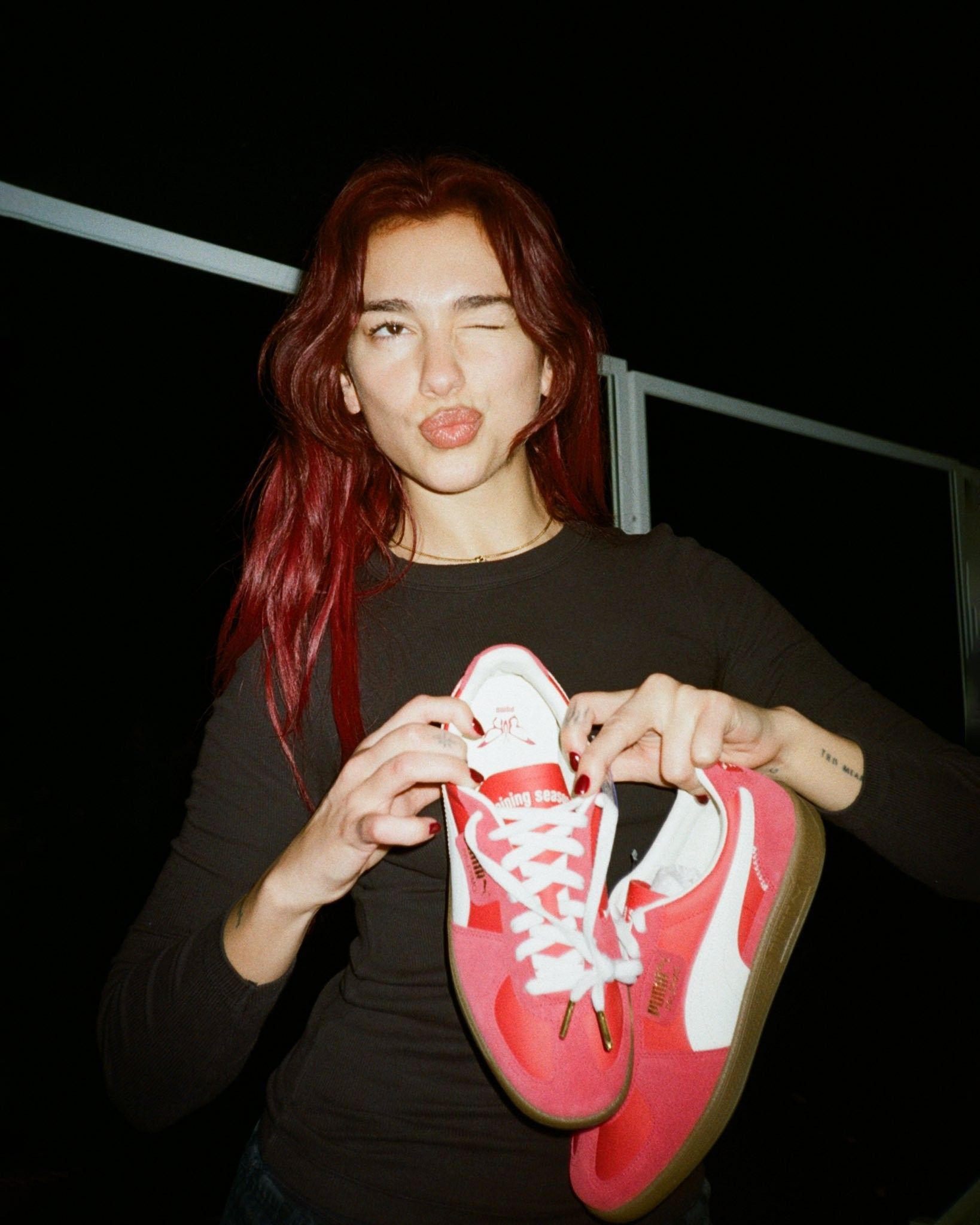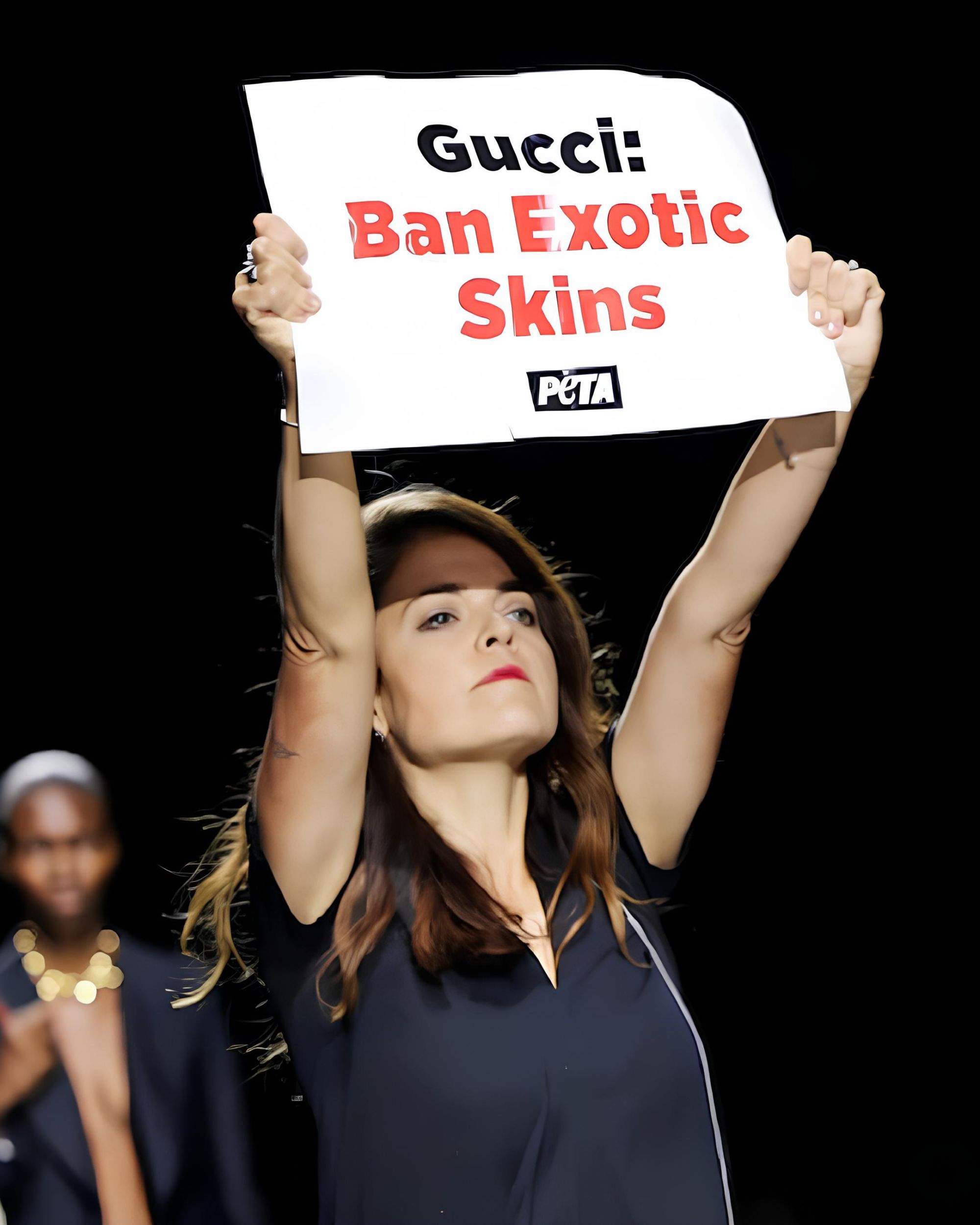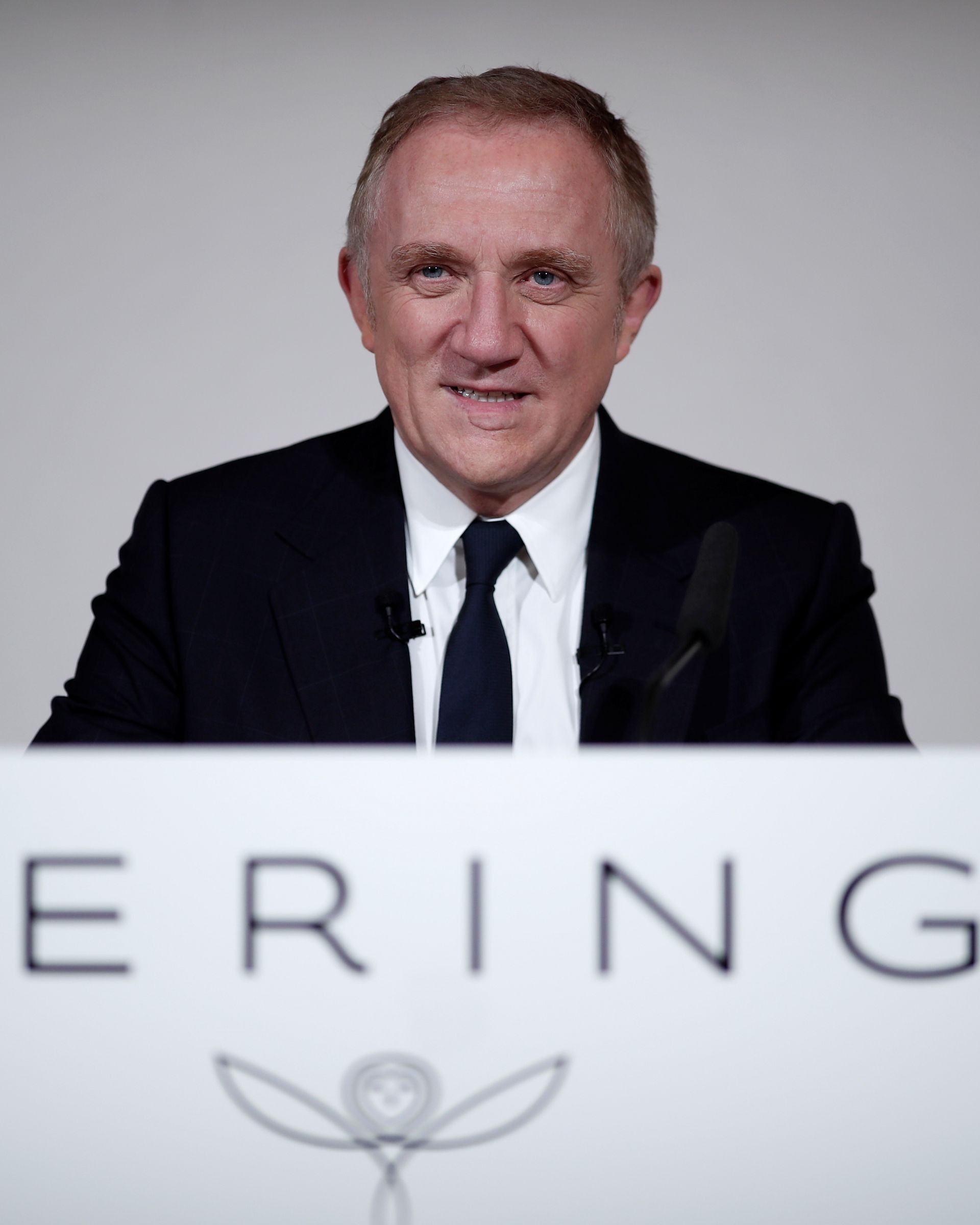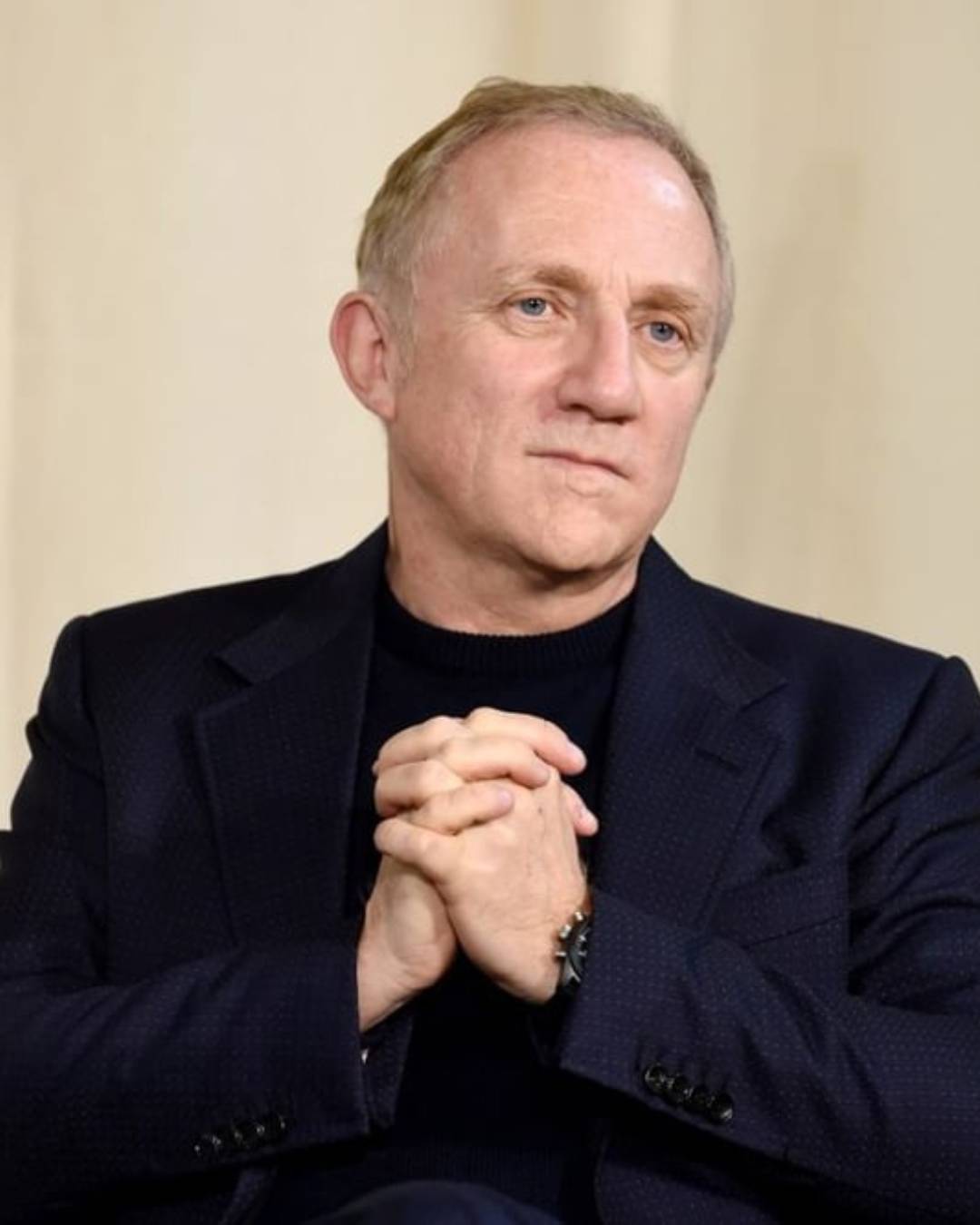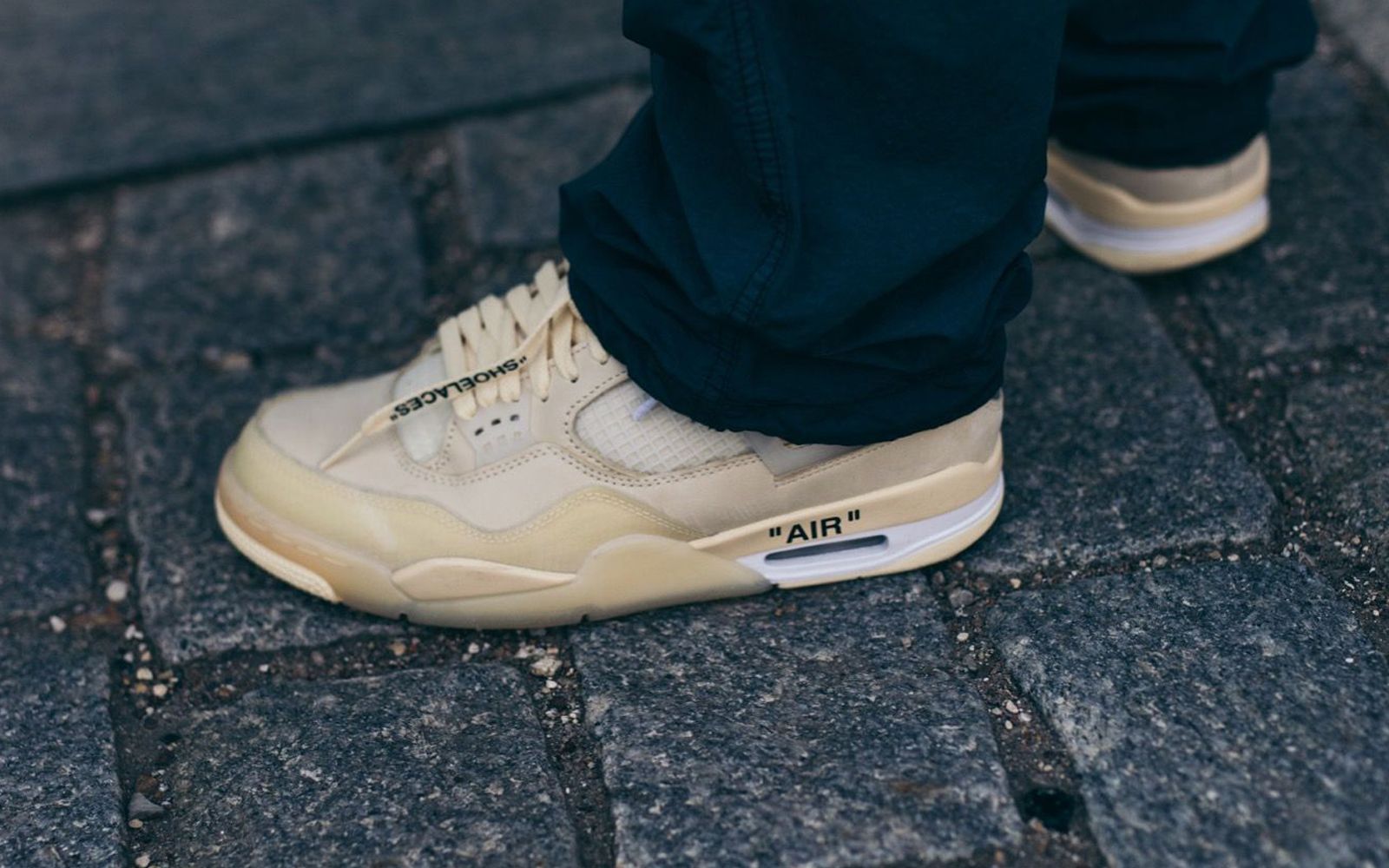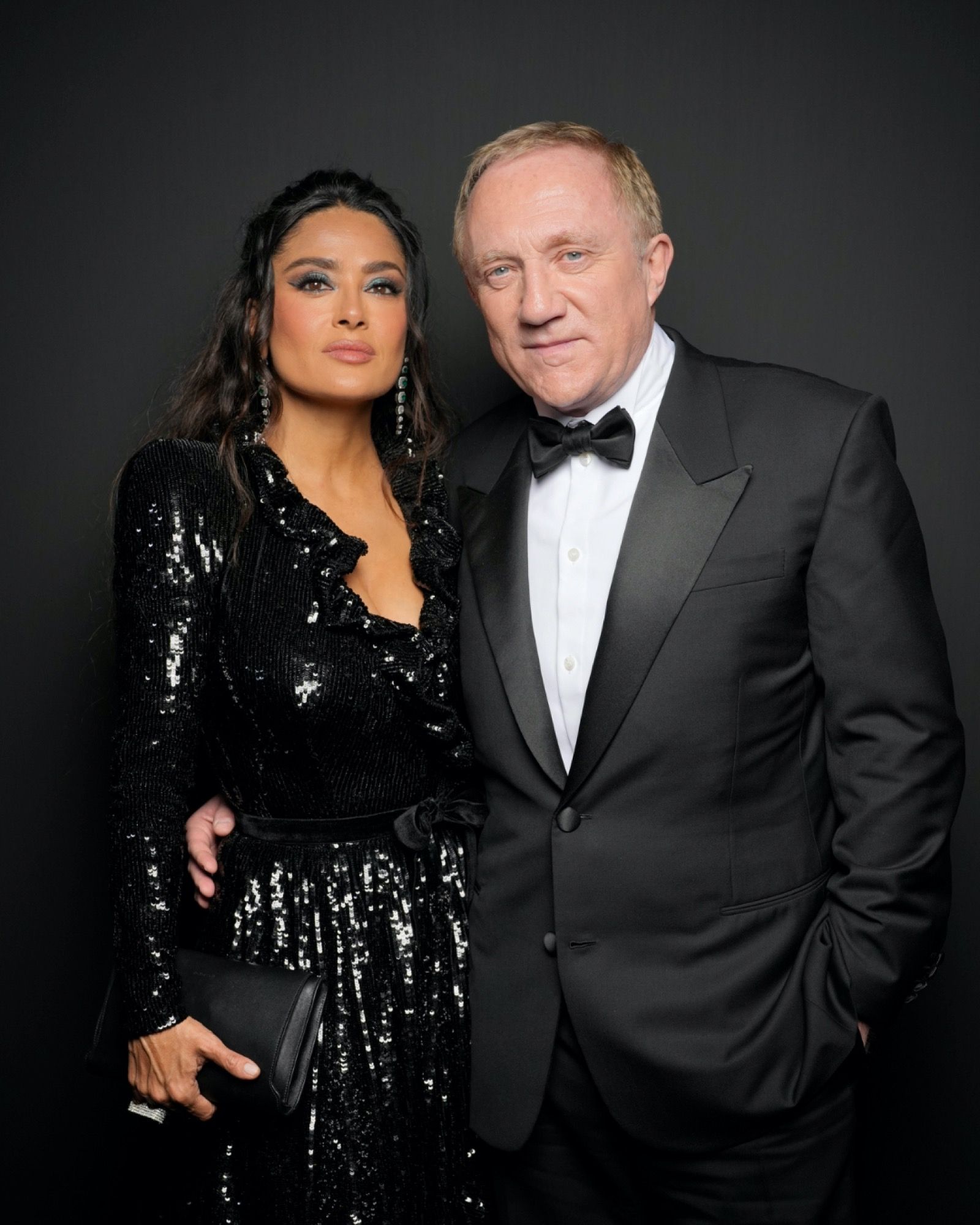
The Pinault Family: What's behind The story of one of the wealthiest and most dominant families in the world
The Pinault family can be described as an empire. The patriarch, François Pinault, grew up in the French countryside, where he started working for the family's timber trading business. Pinault SA expanded under the leadership of the eldest son, diversifying its project portfolio by acquiring several financially troubled companies. In the 1990s, Pinault SA acquired majority stakes in Conforama, Printemps, La Redoute, and the electronics giant Fnac. The company then became known as Pinault-Printemps-Redoute (PPR). Investments in these businesses marked the beginning of the billionaire empire that the Pinault family controls today, and their influence appears boundless. In addition to business activities and acquisitions, François Pinault quickly became one of the world's most prolific art collectors. From 20th-century works by Picasso and Man Ray to more contemporary pieces by Jeff Koons or Damien Hirst, the Pinault collection is estimated to include 10,000 pieces. The collection is now displayed in the former Bourse de Commerce building in the 1st arrondissement, thanks to an agreement between the patriarch and the Mayor of Paris, Anne Hidalgo, in 2016, for a sum of 15 million euros. Today, Mr. Pinault ranks as the 32nd richest person in the world, with a net worth of 35.4 billion euros, according to Forbes. However, as the saying goes, with great power comes great responsibility. The dominance of the Pinault family raises questions about the concentration of power and what it means for a single family to control such a significant portion of global wealth.
The Race for Luxury
In 1992, the French entrepreneur transferred his majority stake in PPR to Groupe Artémis, the private holding company he founded to manage the family's investments as their wealth grew. The family's diverse interests are reflected in the project portfolio, including the French vineyard Château Latour, the California vineyard Napa Valley Eisele Vineyard, the publishing house Tallandier, and many more. However, the most luxurious move for the group occurred in the late 1990s when it acquired the auction house Christie's, followed by a 42% stake in Gucci, and later the acquisition of Yves Saint Laurent. This was just the beginning for the Pinault family and their control over the international fashion industry. However, this dominance did not come without competition, particularly with their rival, Bernard Arnault, at the helm of LVMH. The two former friends clashed over Gucci, as LVMH already held a stake in the company when Pinault made his bid for the fashion house. At the time, The New York Times reported that their legal dispute was one of the most intense battles in corporate history. LVMH eventually sold its stake in Gucci to PPR, but the competition between two of the richest men in France continues to this day. Yet, the rather public duel has turned into what could be called a show. When Notre-Dame Cathedral caught fire in 2019, the Pinault family pledged 100 million euros to help fund the renovations, but the Arnault family responded by doubling that amount. One might say it's a friendly competition, except that millions of euros are at stake.
The Young Pinault Takes the Reins
In March 2005, François Pinault handed over his company to his son, François-Henri Pinault, as the elder Pinault wished to focus on his art collection. François-Henri had always been part of the family business, but he would elevate the group to new heights. The new CEO wasted no time. He began by divesting the retailers under PPR (Conforama, Printemps, Fnac...) and merging with its subsidiary, the Gucci group. The entire Gucci group thus came under Pinault's umbrella: Bottega Veneta, Balenciaga, Boucheron, Alexander McQueen, and Stella McCartney. But the expansion continued. Girard-Perregaux, Brioni, Qeelin, Pomellato, Christopher Kane, Tomas Maier, Ulysse and Nardin further solidified PPR's status as a luxury giant. It was from this point that the name PPR became Kering. Now synonymous with luxury, wealth, power, and prestige. While François-Henri and his father often make headlines and receive prestigious awards and contracts, the siblings Dominique and Laurence Pinault are barely mentioned. One might wonder if there was drama around the succession and the progress of the family business. The mystery remains, but we know that they are all shareholders in the family's investment vehicle, Artémis. More recently, Pinault set his sights on Hollywood by acquiring the American agency Creative Artists Agency (CAA), which manages high-profile clients such as Tom Hanks and Brad Pitt. Although this move deviates from the group's fashion-focused acquisitions, it reflects a certain dynamism but also raises curiosity and concern among Kering investors. The acquisition coincided with the massive Hollywood strike, slowing down business. Additionally, the group is recovering from the departure of Gucci's creator, Alessandro Michele, last year, and a significant notable acquisition in the form of a 30% stake in Valentino, a prelude to a full takeover.
100% Drama-Free? Not So Easy...
@ourfuturehq The Battle of Gucci: Billionaires Bernard Arnault vs Francois Pinault #gucci #kering #billionaire #LVMH #business original sound - Our Future
While the primary drama for the Pinaults revolves around the rivalry between the founder and Bernard Arnault, the younger Pinault has not entirely escaped. However, the first scandal for the Kering CEO took the form of a personal legal battle with his former girlfriend and top model Linda Evangelista. They dated in 2006, and Pinault was the father of her son Augustin. The two met for the first time since their relationship in court in 2012, where the top model was seeking financial support for the child they shared. The legal drama revealed unflattering details about their relationship, and many questioned the morality of the French CEO amid allegations that he had neglected his son. The couple eventually reached an undisclosed settlement, but the case certainly made headlines throughout the duration of the trial. Then came the Balenciaga scandal. In 2022, Balenciaga launched a campaign featuring images of children posing next to teddy bears dressed in a playful style. These images caused a stir, and, of course, Kering's judgment was called into question.
In the end, the empire the Pinault family has built is not likely to collapse anytime soon, but it is not infallible. With so many companies under its umbrella, the possibility of new scandals looms on the horizon unless stringent control is reinforced. Moreover, one-third of the world's luxury brands are now essentially controlled by three entities: Kering, LVMH, and Richemont. This situation raises questions about consolidation and the opportunity for three groups to wield so much power, reducing competition possibilities.










































